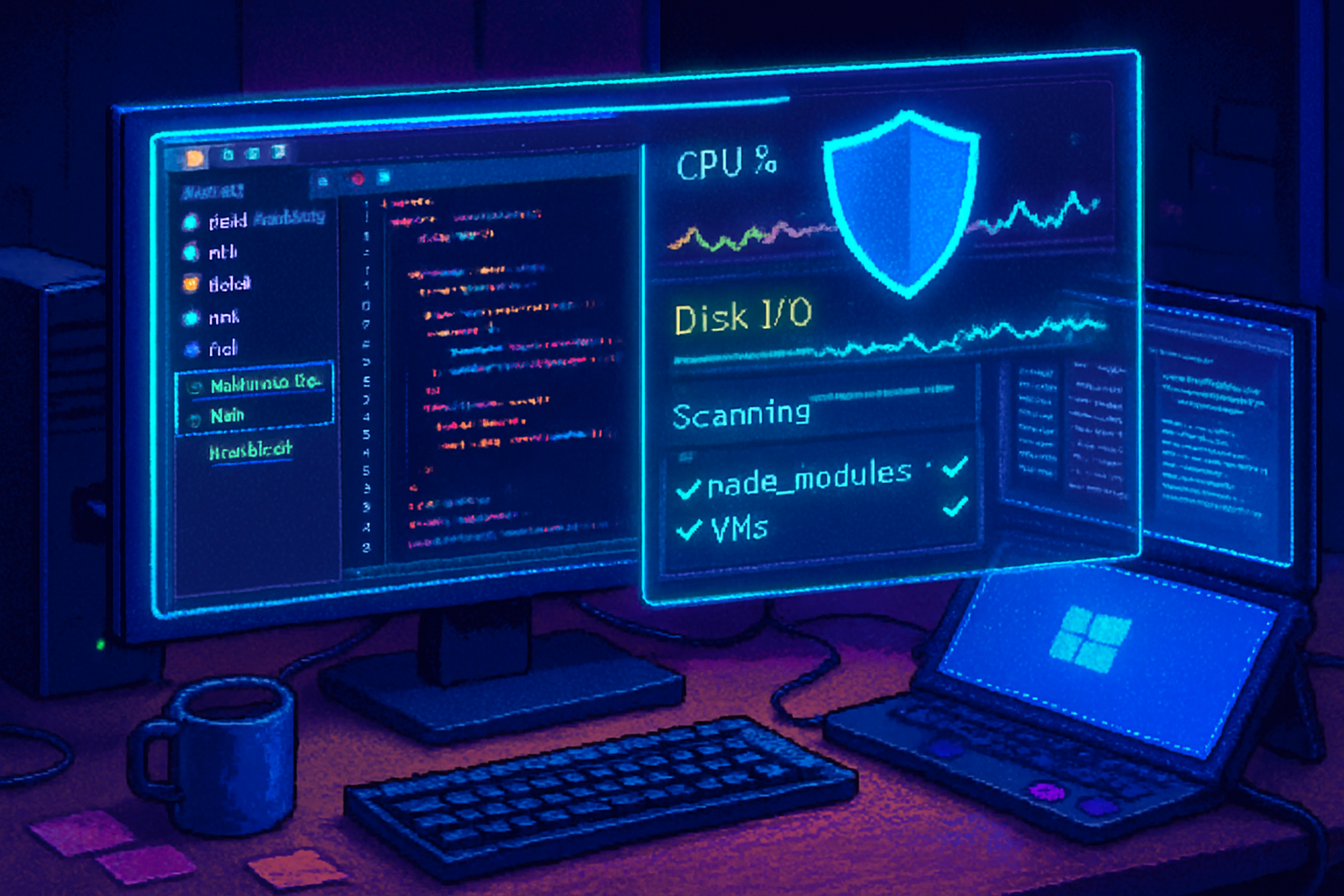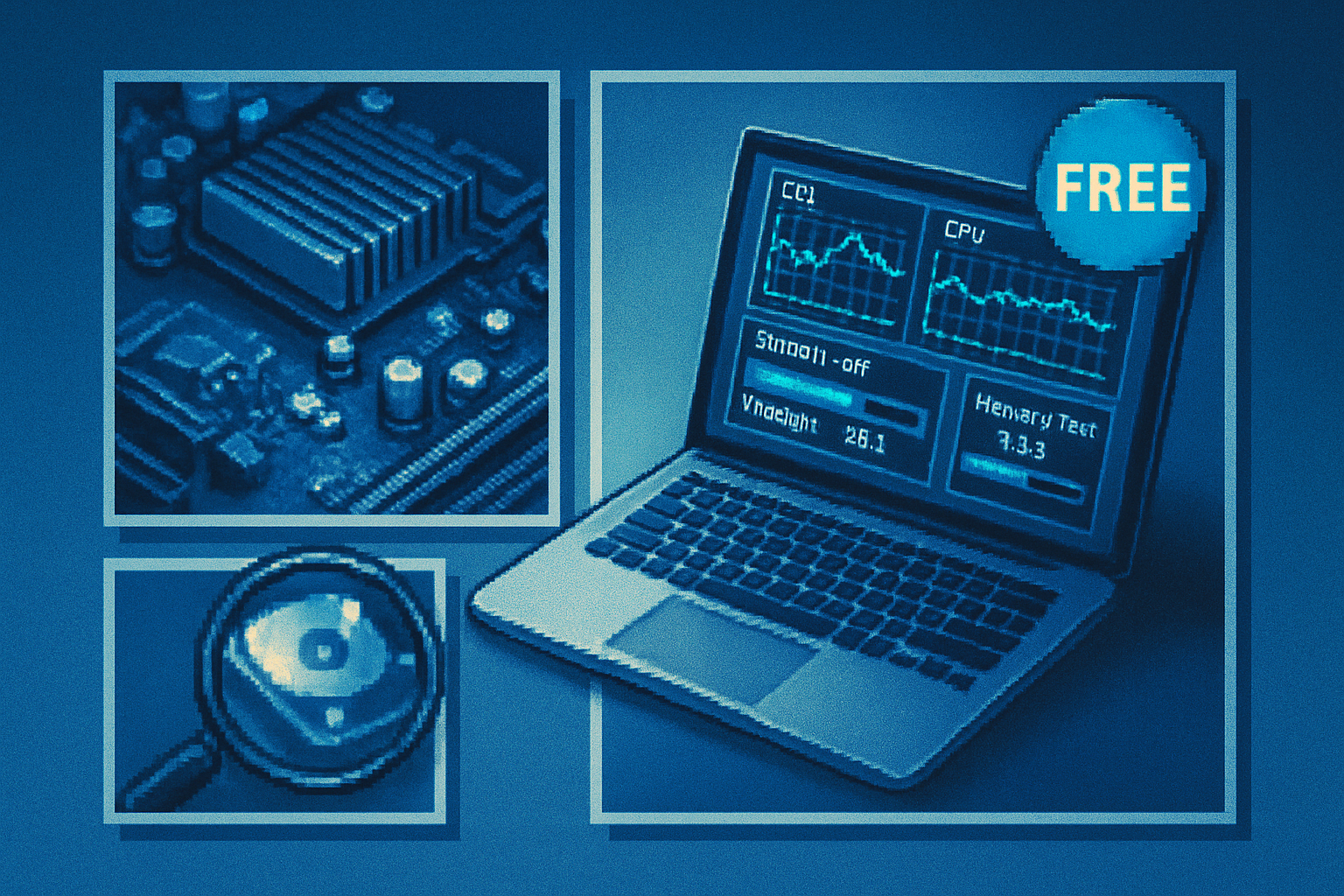· guides · 3 min read
The Ultimate Guide to Boosting Windows Performance
Discover effective strategies to enhance your Windows PCs performance through hardware upgrades, system tweaks, and reliable software tools.
Introduction
Are you frustrated with the sluggish performance of your Windows PC? You’re not alone! Many users face similar issues, but the good news is that there are plenty of ways to give your system a much-needed speed boost. This guide covers numerous strategies to optimize your Windows performance, from hardware upgrades to software solutions.
1. Hardware Upgrades
Upgrading hardware components can provide the most significant performance improvements.
a. Upgrade to an SSD
Swapping out your traditional hard drive (HDD) for a solid-state drive (SSD) is one of the best upgrades you can make. SSDs offer faster data access speeds, reducing boot times and improving application load times.
b. Increase RAM
If your PC frequently runs out of memory while multitasking, consider upgrading your RAM. Most modern systems perform best with at least 8GB of RAM, but 16GB or more is recommended for heavy users.
c. Graphics Card Upgrade
For gamers and creative professionals, upgrading your graphics card can drastically improve gaming performance and rendering times. Research compatible options that fit your needs and budget.
2. System Tweaks
In addition to hardware upgrades, several system tweaks can help speed up your Windows PC.
a. Disable Startup Programs
Many applications set themselves to launch automatically at startup. Disable unnecessary startup programs through Task Manager:
- Right-click on the taskbar and select Task Manager.
- Navigate to the Startup tab.
- Right-click on any unnecessary applications and select Disable.
b. Adjust Visual Effects
Windows includes various visual effects that can slow down performance. To adjust these settings:
- Right-click on This PC and select Properties.
- Click on Advanced system settings.
- Under the Performance section, click Settings and select Adjust for best performance.
c. Regularly Update Windows
Keeping your system updated is crucial for optimal performance. Windows updates often contain bug fixes and performance enhancements. To check for updates, go to Settings > Update & Security > Windows Update.
3. Use Built-in Tools
Windows has several built-in tools that can help boost performance:
a. Disk Cleanup
Use the Disk Cleanup tool to remove unnecessary files:
- Search for Disk Cleanup in the Start menu.
- Select the drive you want to clean.
- Check the boxes for the files you want to delete and click OK.
b. Defragment Your Hard Drive
Defragmenting can help optimize hard drive performance (note: SSDs do not need defragmentation). To defragment:
- Search for Defragment and Optimize Drives in the Start menu.
- Select your HDD and click Optimize.
4. Third-Party Software Recommendations
Sometimes, third-party software can provide additional performance improvements:
a. CCleaner
CCleaner is a popular tool for cleaning up junk files, managing startup programs, and uninstalling unwanted applications. Use it to keep your system running smoothly.
b. Malwarebytes
Performance issues can stem from malware or unwanted programs. Use Malwarebytes to scan and remove any threats that could slow down your PC.
c. Game Boosting Software
If you’re a gamer, consider using game boosting software like Razer Cortex to optimize your PC’s performance while gaming by shutting down unnecessary background processes.
Conclusion
Improving your Windows PC’s performance doesn’t have to be complicated or expensive. By implementing a combination of hardware upgrades, system tweaks, and reliable software, you can enjoy a faster, more efficient computing experience.
Don’t wait until your system is at its breaking point-take action today to optimize your Windows performance!
For more in-depth information, check out resources like Microsoft’s support site or PCMag’s performance tips.

